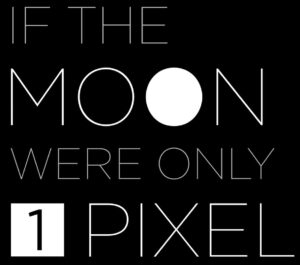Can You Crack This Equation? The Brilliant Code Hidden in MIT Chocolate
Hello, I’m Ken Kuwako, the Science Trainer. Every day is an experiment.
Can you solve this equation? The incredibly clever code hidden in MIT’s chocolate
A sudden challenge for you, science lovers!

Can you crack the “code” written on this chocolate wrapper?
This isn’t just any chocolate. My friend O from university showed it to me, saying “I’ve got something cool.” It’s a souvenir from the world’s most prestigious science and engineering university, the Massachusetts Institute of Technology (MIT).
MIT, the alma mater of numerous Nobel laureates and a magnet for geniuses worldwide. And on this university’s chocolate, of all things, three great equations that shook the history of science were hidden.
Whether you’re a science geek or not, let’s all take on this intellectual and humorous puzzle together!
Time to solve the riddle: What letters do the three equations represent?
↓
↓
↓
↓
↓
↓
↓
↓
Here’s the hint for the first letter!

The first equation is E/c2. Doesn’t that look familiar? It’s a variation of the world’s most famous equation, E=mc2, discovered by none other than Einstein.
This equation shows that “a tiny amount of mass (m), when multiplied by the speed of light (c) squared, transforms into an immense amount of energy (E).” The principles behind nuclear power and nuclear weapons all began with this very equation. It is truly an equation that changed the world. If you solve E=mc2 for m, you get m=E/c2.
And so, the answer to the first letter is…“m”! Which means…
↓
↓
↓
↓
↓
↓
↓
↓
Alright, let’s solve the rest at this pace! You’ve got it now, right? The second equation is √−1. There’s no number in reality that, when multiplied by itself, gives a negative result. So, mathematicians named this strange number the “imaginary number” and represented it with the symbol “i”. Thanks to this “imaginary number,” cutting-edge scientific calculations in fields like electrical circuits and quantum mechanics became possible. It’s truly a silent hero that supports science!
And with that, the second letter is “i”.
The last equation is PV/nR. This comes from the “ideal gas law” PV=nRT, which you learn in high school chemistry and physics. It’s a magical equation that brilliantly connects the invisible states of gas: pressure (P), volume (V), amount of gas (n), and temperature (T).
If you solve this equation for T, you get T=PV/nR. Therefore, the third letter is “T”!
The answer… I’m sure you already know. When you line up the three letters…M, I, T
That’s right, it spells out the university’s name, “MIT”! It’s amazing that great discoveries that changed the history of physics, math, and chemistry were used as a code to represent the university’s name. The humor of a place where the world’s top minds gather is so intelligent and cool. It just made me laugh. Equations aren’t just a bunch of symbols. Each one holds a story of humanity’s intellectual adventure and a grand narrative. This method of expression could be used in so many places!
Contact and Requests
We want to make the wonders and fun of science more accessible! We’ve put together a collection of fun science experiments you can do at home and easy-to-understand tips. Feel free to search around!
・About the operator, Ken Kuwako, click here
・For various requests (writing, lectures, science classes, TV supervision, appearances, etc.), click here
・Updates on new articles are available on X!
![]() Our Science Neta Channel features experiment videos!
Our Science Neta Channel features experiment videos!


